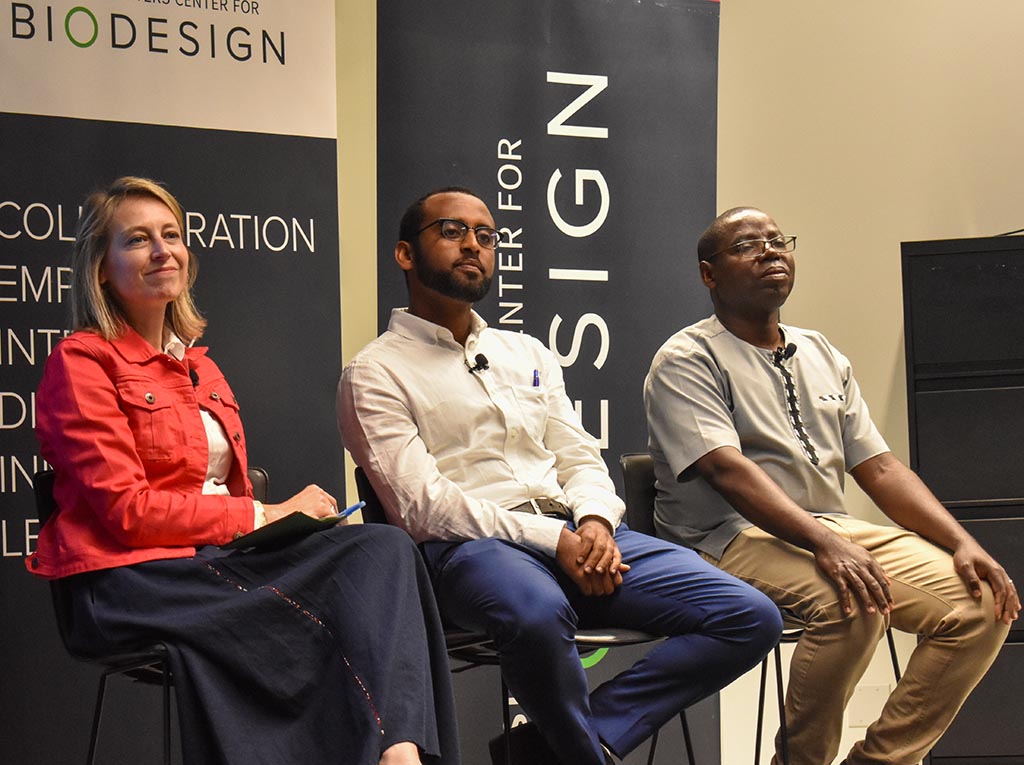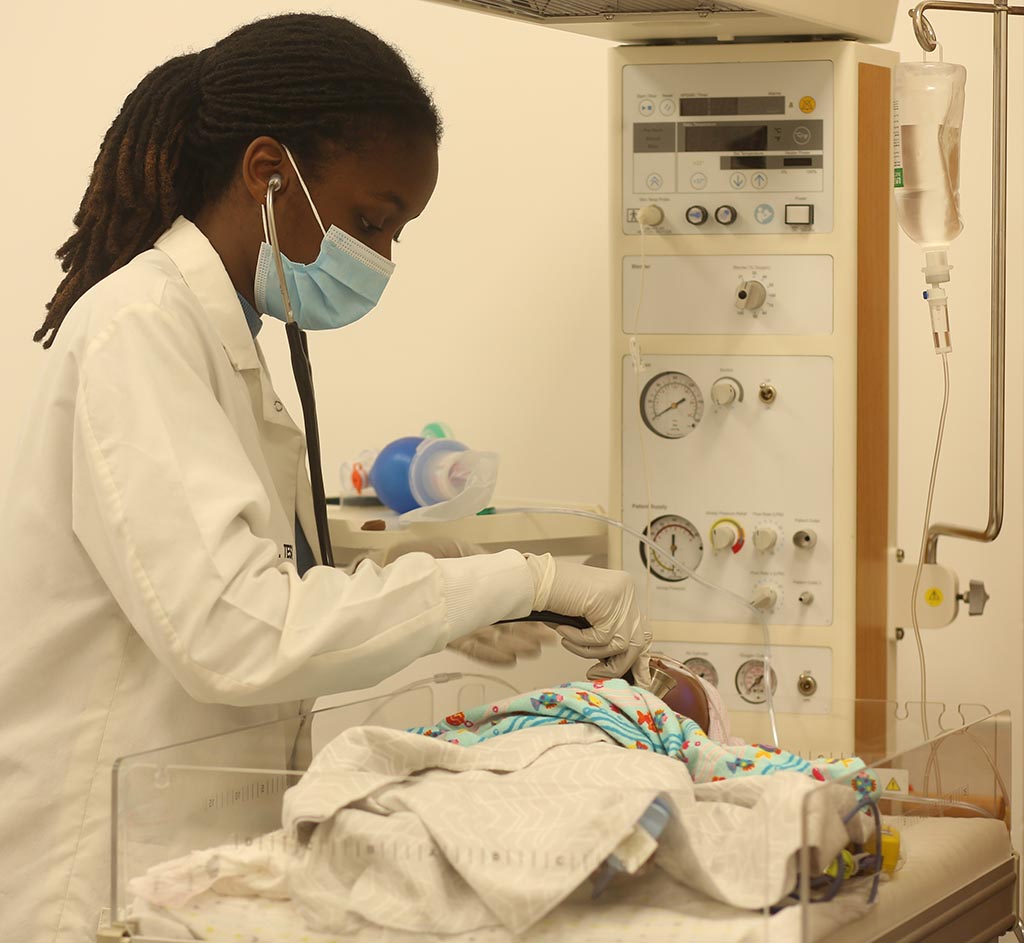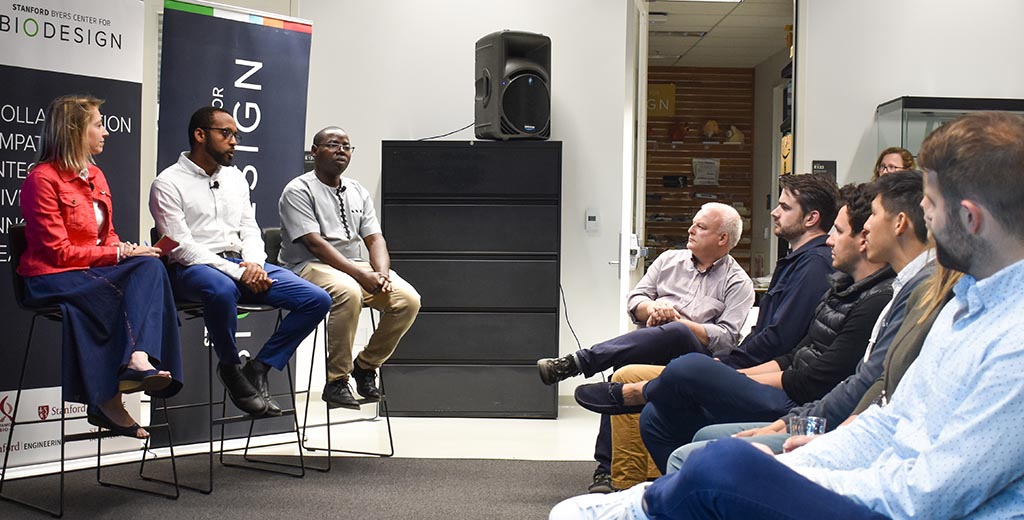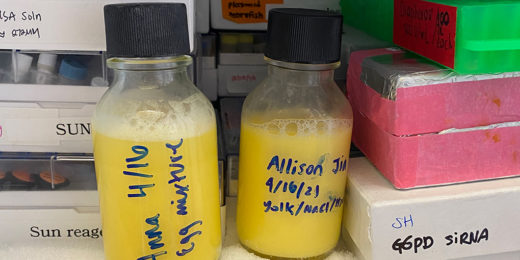In his native East Africa, Natnael Shimelash, MD, encounters many young professionals with a thirst for solving issues through innovation and creating affordable health technologies that can improve people's lives. But they don't have a guiding framework to bring their ideas to life.
Shimelash hopes to change that. Since January, he has been immersed in the Stanford Byers Center for Biodesign, learning the complex process of transforming a novel concept into a marketable solution.
He and his East African colleague, biomedical engineer Gerard Rushingabigwi, PhD, plan to take what they have learned back to Rwanda and build a program to teach others how to become innovators -- eventually creating a kind of Silicon Valley of East Africa.
"There are a lot of young people with great ideas to address the problems they see around them, but they may not have the common working language or the facilities to collaborate and turn them into viable innovations," said Shimelash, a primary care physician who will complete the Stanford Byers Center for Biodesign's Biodesign Global Faculty Training program this month. "We are going to empower engineers, physicians, and other professionals, giving them the common language, skills, and expertise to work together and solve the issues they see."
Sparking innovation to combat inequity at home
He and Rushingabigwi are the first two faculty trainees to join the new East Africa Biodesign program, which was officially launched May 25. A Stanford Biodesign partnership with the University of Global Health Equity and the University of Rwanda, the program is designed to spur the creation of new health technologies and give patients better access to quality care.
"Through this collaboration, we hope to establish East Africa as a training center to find and address clinical needs in a way that has never been done before," said Josh Makower, MD, director of Stanford Byers Center for Biodesign.

Makower and Paul Yock, MD, PhD, a professor emeritus, co-founded the Stanford Byers Center for Biodesign in 2001, offering a 10-month fellowship program for physicians and engineers to create products that fill a clinical need.
Since then, it has trained 195 innovation fellows, many of whom have gone on to start new companies and invent technologies that have helped more than 7.6 million patients. Stanford Biodesign went global in 2007 with the formation of the Stanford-India Biodesign partnership, which was soon followed by similar programs in Japan and Singapore.
In 2015, Stanford Biodesign created a new model -- the Faculty Training Program -- in which professionals come to Stanford University for five months to learn the Biodesign process and how to administer a new program then return home to build their own programs. Through that program, Stanford Biodesign has trained more than 55 people from 10 countries, including Australia, Brazil, Israel and Taiwan, said Ritu Kamal, the S associate director for global programs.
In a bid to promote greater health equity, Stanford Byers Center for Biodesign leaders sought to expand the training to low- and middle-income countries and decided to reach out to potential collaborators in East Africa, where there is an appetite for innovation, strong academic partners and a large population eager for health advances, Kamal said.
"We felt that if we could spur innovators to think about the needs of underserved patients, they could get off to the races and develop solutions that work in an East African context," she said.
A focus on learning
Gordon Saul, Stanford Byers Center for Biodesign executive director, went to Rwanda to recruit the first East African faculty, who joined four others at Stanford -- three from Taiwan and one from Thailand -- in early 2023. Over the past five months, the trainees developed a prototype for a chest patch that can send an electronic alert when a child is having asthma symptoms.

The goal, however, was not the technology -- it was the learning process.
"I never had the framework of how to go about health innovations," Shimelash said. "We didn't have this framework, and without that, there is an increased risk of failure. Now it will be a much different story."
He said East Africa's health system is predominantly reliant on medical devices invented and made in Western countries.
Now, he said, "We will give locals the tools to make medical technologies for their communities...that we believe will increase the suitability and impact of these innovations. Ultimately, we believe it will enhance health equity in East Africa and beyond."
The Stanford Byers Center for Biodesign plans to grow the East Africa initiative with the arrival in early 2024 of two Kenyan faculty trainees in a collaboration with Kenyatta University. Four new fellows also will begin training at the East Africa site in Rwanda.
East Africa Biodesign is supported by the Bill & Melinda Gates Foundation.
Top photos of Krista Donaldson (from left), director of Innovation to Impact at the Stanford Byers Center for Biodesign, at a panel discussion with Natnael Shimelash, MD, and Gerard Rushingabigwi, PhD, both 2023 Global Faculty Trainees. Shimelash is head of the East Africa Biodesign Fellowship; and Gerard Rushingabigwi is a lecturer at University of Rwanda. (Photos courtesy of the Stanford Byers Center for Biodesign).






